German East Africa year 1901/1920 – Used lot
German East Africa was a German colonial territory in East Africa, which included present-day Burundi, Rwanda, and the mainland part of Tanzania (then known as Tanganyika). The postal history of German East Africa from 1901 to 1920 is a fascinating area for philatelists, reflecting the colonial administration, the impact of World War I, and the subsequent changes in control over the territory. Here’s a detailed overview:
Historical Context
- Colonial Period (1901-1914): German East Africa was part of the German Empire’s colonial holdings from the late 19th century until the end of World War I. The territory was administered by the German colonial government, which established postal services and issued stamps.
- World War I (1914-1918): The territory became a battleground during World War I, as Allied forces sought to capture it from the Germans. Despite prolonged resistance by German forces under General Paul von Lettow-Vorbeck, the territory eventually came under British control.
- Post-War Period (1918-1920): Following the war, the Treaty of Versailles in 1919 resulted in German East Africa being divided into League of Nations mandates administered by Britain and Belgium. The British administered Tanganyika, while Rwanda and Burundi came under Belgian control.
Philatelic Issues
1. German Colonial Stamps (1901-1914)
- Yacht Series: One of the most notable series of stamps issued in German East Africa featured the German Kaiser’s yacht, the SMS Hohenzollern. These stamps are known for their intricate designs and were issued in various denominations.
- Design: The stamps typically depict the yacht, with the words “DEUTSCH-OSTAFRIKA” (German East Africa) and the denomination in German currency (pfennig and mark).
- Values: Common denominations included 3, 5, 10, 25, 40, 50 pfennig, and higher values such as 1, 2, 3, and 5 marks.
- Usage: These stamps were used for various postal rates within the colony and for international mail.
2. World War I and British Occupation (1914-1918)
- Provisional Issues: During the war, postal services were disrupted, and provisional stamps were issued. These included overprints on existing German stamps with new values or local hand-stamped surcharges.
- Overprints: Some German East Africa stamps were overprinted with “G.R.I.” (Georgius Rex Imperator) and new values in annas and rupees, the currency used by the British Indian forces occupying the territory.
- Field Post Stamps: German military field post offices also issued stamps during the war. These stamps are rare and highly collectible due to their limited usage and historical significance.
3. Post-War British Administration (1918-1920)
- British East Africa Stamps: After the war, British East Africa stamps were used in the territory, often with overprints indicating their use in former German East Africa.
- Overprints: Stamps of British East Africa and Kenya-Uganda were overprinted with “G.E.A.” (German East Africa) or “Tanganyika” to denote their use in the newly administered areas.
- Local Surcharges: Some stamps were locally surcharged with new values to reflect the changing postal rates and currency during the transition period.
Collecting Tips
- Authenticity: Due to the historical value and potential forgeries, it is crucial to have stamps authenticated by reputable philatelic experts or organizations.
- Condition: The condition of the stamps (mint or used) significantly affects their value. Stamps with clear postmarks from specific locations or military field post offices can be particularly valuable.
- Provenance: Stamps with documented provenance or those featured in well-known collections or auctions may carry higher value.
- Catalogs and References: Utilize specialized philatelic catalogs such as the Michel, Scott, or Stanley Gibbons catalogs, which provide detailed listings and valuations of German East Africa stamps.
Conclusion
Stamps from German East Africa between 1901 and 1920 offer a rich area for philatelic exploration, reflecting the colonial history, wartime struggles, and post-war transitions of the territory. Collectors prize these stamps for their historical significance, intricate designs, and the complex postal history associated with the region.


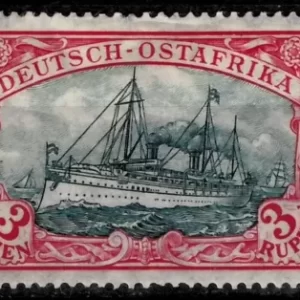
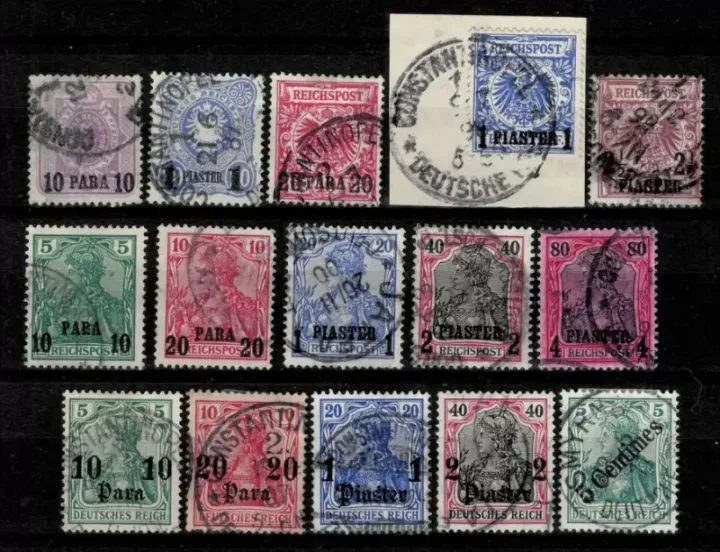
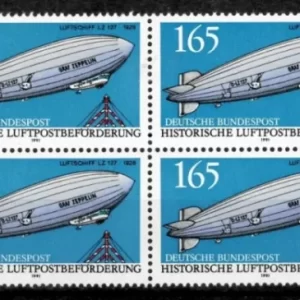
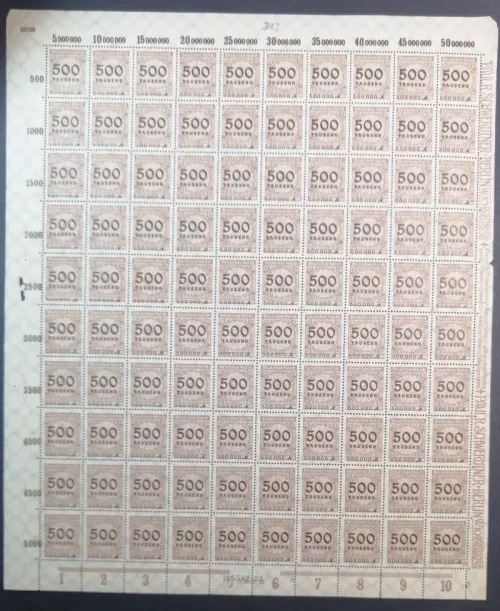
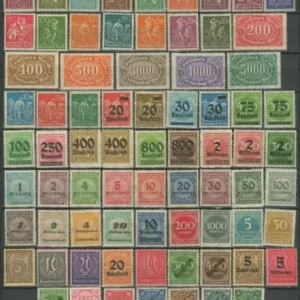

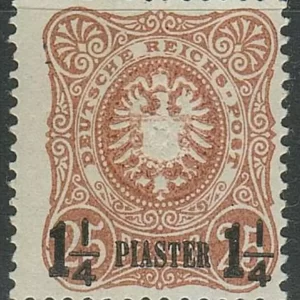
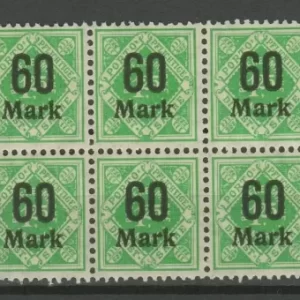
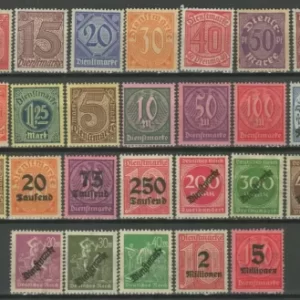
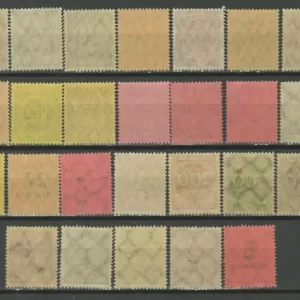
Reviews
There are no reviews yet.